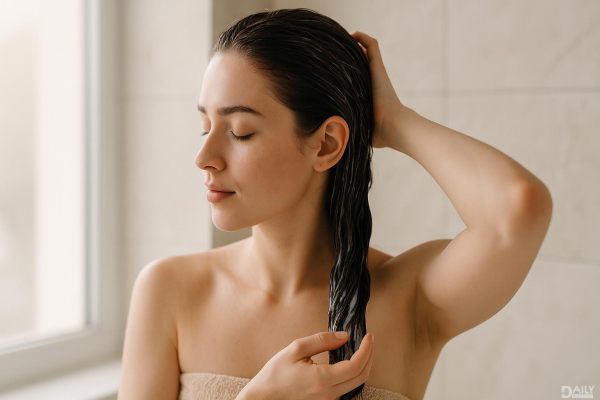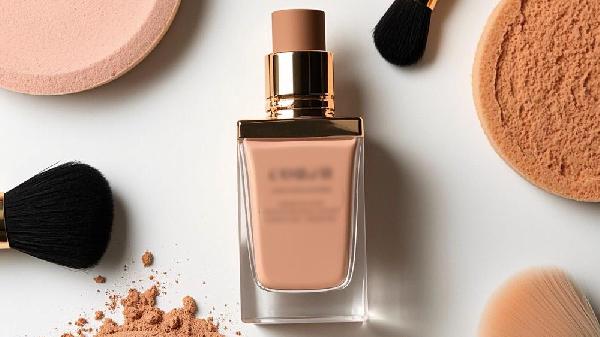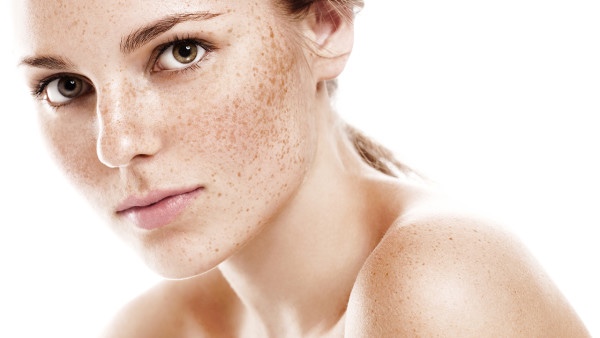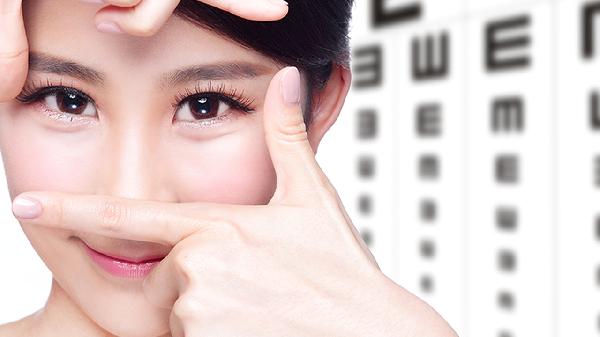When it comes to choosing between a brush and a comb for your hair, the answer isn’t as straightforward as you might think. Both tools have their pros and cons, and the best choice depends on your hair type, texture, and styling needs. Generally, combs are gentler and better for detangling, while brushes are more effective for smoothing and styling. But let’s dive deeper into the nitty-gritty to help you decide which one deserves a spot in your daily hair care routine.

Combs are the unsung heroes of hair care, especially if you’re dealing with knots or tangles. Their wide-tooth design makes them ideal for gently working through snarls without causing breakage or pulling out strands. If you have curly, thick, or textured hair, a comb is your best bet for maintaining your hair’s natural structure. Plus, combs are perfect for sectioning your hair when applying treatments or styling products. They’re also lightweight and easy to carry, making them a go-to for on-the-go touch-ups. However, combs aren’t as effective at distributing natural oils from your scalp to the ends of your hair, which is where brushes come in handy.
Brushes are the multitaskers of hair tools. Whether you’re looking to smooth out frizz, add volume, or create a sleek ponytail, a brush can get the job done. Paddle brushes, for example, are great for straightening and smoothing long hair, while round brushes are a must-have for adding bounce and curl to your locks. Brushes also excel at stimulating your scalp, which can promote blood flow and encourage healthier hair growth. But be cautious—using the wrong type of brush or being too aggressive can lead to breakage and split ends. Always opt for brushes with soft bristles or cushioned bases to minimize damage.
Your hair type plays a huge role in determining whether a brush or comb is better for you. If you have fine or thin hair, a wide-tooth comb or a soft-bristle brush can help prevent breakage and add volume. For curly or coily hair, a detangling comb or a brush specifically designed for curls can help maintain your natural texture without causing frizz. Thick or coarse hair benefits from a sturdy paddle brush or a wide-tooth comb to manage tangles and distribute oils evenly. And if you’re dealing with damaged or chemically treated hair, opt for tools that are gentle and minimize friction to avoid further stress on your strands.
Believe it or not, the time of day and your hair’s condition can influence whether you should reach for a brush or a comb. For instance, using a comb on wet hair is generally safer because it reduces the risk of breakage. Wet hair is more fragile, so a wide-tooth comb can help you detangle without causing damage. On the other hand, brushes are better suited for dry hair, especially when you’re styling or smoothing out frizz. If you’re brushing your hair, always start from the ends and work your way up to the roots to minimize pulling and breakage.
The material of your brush or comb can make a big difference in how it interacts with your hair. Natural bristle brushes, like those made from boar hair, are excellent for distributing oils and creating a polished look. Plastic combs are lightweight and affordable, but they can cause static and frizz. Metal combs are durable but can be harsh on your hair if not used carefully. Wooden combs and brushes are a great eco-friendly option that reduces static and is gentle on the scalp. When choosing a tool, consider how the material will affect your hair’s health and appearance.
Why choose one when you can have both? Many hair care routines benefit from using a combination of brushes and combs. Start with a wide-tooth comb to detangle your hair, then switch to a brush for styling and smoothing. This approach ensures that your hair is treated gently while still achieving the look you want. Experiment with different tools to find the perfect balance for your hair type and styling preferences. Remember, the goal is to keep your hair healthy and happy, so don’t be afraid to mix and match.
At the end of the day, whether you choose a brush or a comb comes down to your hair’s unique needs and your personal preferences. Both tools have their place in a well-rounded hair care routine, and understanding their strengths can help you make the best choice for your locks. So, next time you’re standing in front of the mirror, take a moment to consider what your hair truly needs—and let that guide your decision.
























